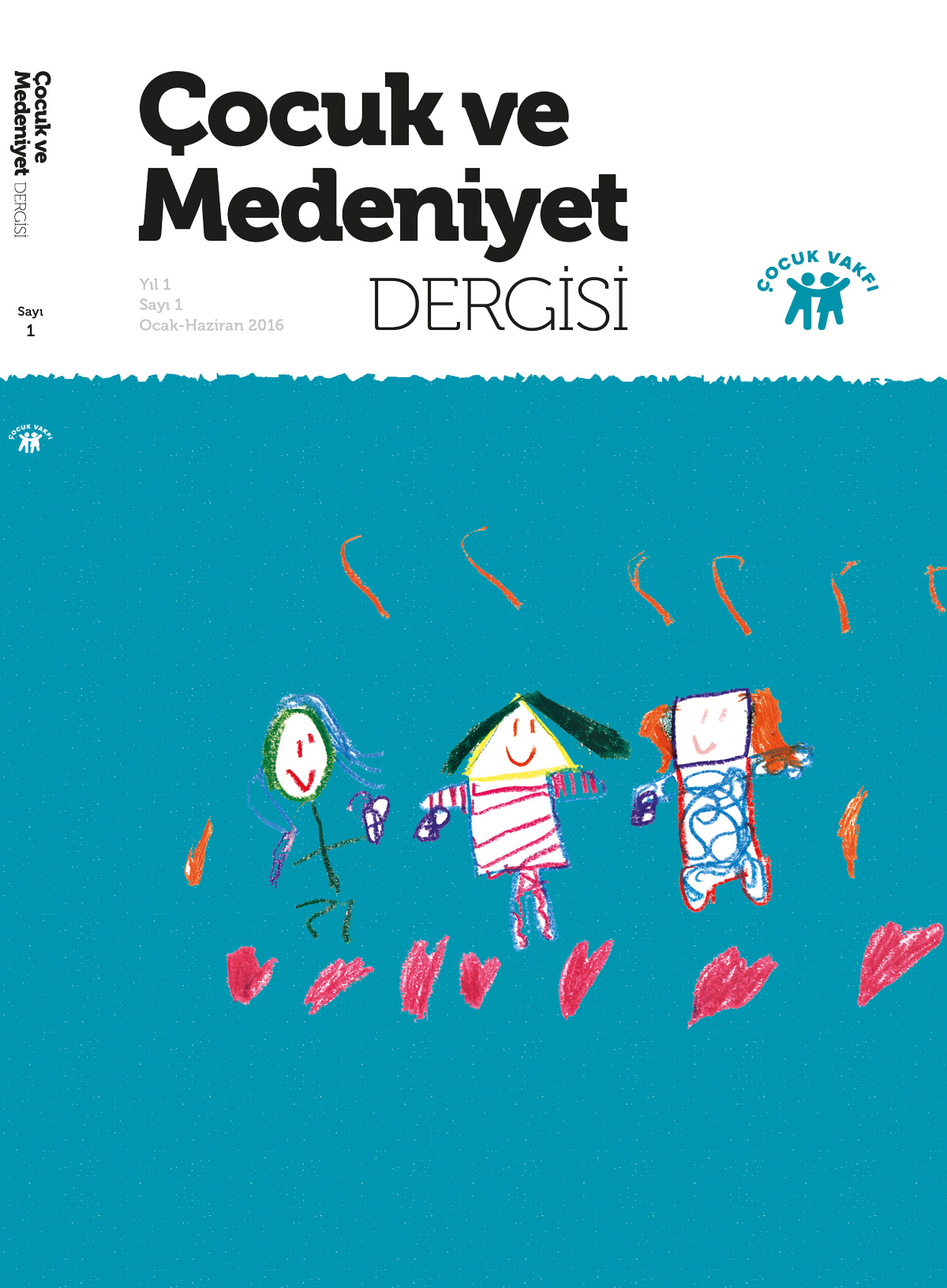Çocuk Yazınında “Umut” ve “Mutlu Son” İlişkisi Üzerine Bir İnceleme
Keywords:
Shildren’s literature, happy ends, hope, descriptive methodAbstract
Literature, particularly children’s literature, is closely associated with the stimulation of hope directed to a better future and life. Seeking mean of life makes continuity around this stimulation. From the point of children’s literature, hope has lexical and objective referent. Because children grown up day by day. So they need helpings of other person or different material to know and preparing to real life. In this situation, children’s literature and writers have some ethical responsibility: give hope to children and making happy them. But in this area success is connected with the level of children’s growing, ages and experiences. For this reason, the examples of hope shared with children have to be founded on these aspects and involve in outer world’s scape.
The four children’s literary works belong to different language and culture has been studied from the “anxiety, comfort, love and intersubjective” points that related to the hope. In the assessment of the works written in foreign language, benefited from Turkish translation works. The works being talked are here below:
- Mago (Ayla Çınaroğlu),
- Fish (Laura S. Matthews),
- The Little Black Fish (Samed Behrengi)
- The Story of A Seagull and The Cat Who Taught Her To Fly (Luis Sepúlveda).
We can say that the hope studied in children’s literary works is related to self and intersubjectivity. The introverted hope wants to become subject, liberalize and realizing itself, however intersubjectivity focuses on thinking others. The others aspects in the novels are fictionalised on the world’s contrast (hopehopelessness, poor-rich, goodness-badness, life-death…). So this dimension signs us that a hipotetical world doesn’t tell only. The examples of hopelessness are momentary not in a thematical function. Instead of exposing children to an unsurpassable hope, this feature is important from the point making children to feel this stimulation as relating to the momentary emotion.

